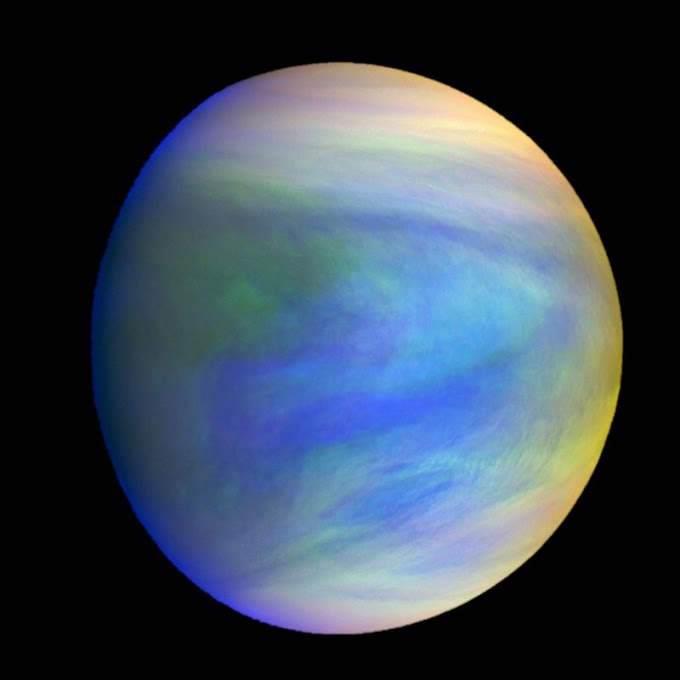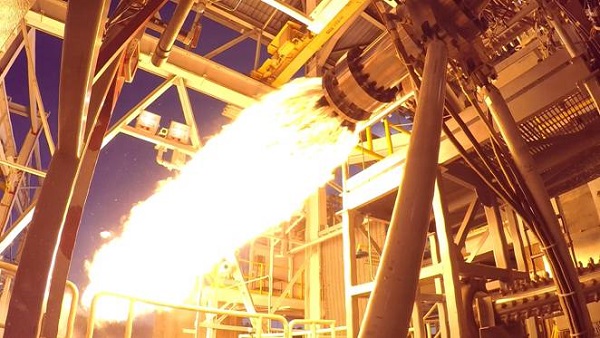Announced last month, the possible presence of phosphine gas in the atmosphere of Venus had experts all over the world making speculations about extraterrestrial life on the planet. But the hunt is far from over as three different analyses have failed to find any evidence of phosphine in the planet’s atmosphere.
Published only last September in Nature Astronomy as “Phosphine gas in the cloud decks of Venus” article highlighted that a large amount of phosphine gas was floating through the sulfuric clouds of Venus. This gas could originate from unknown photochemistry or some kind of metabolism suggesting the presence of life. For astronomers to conclude the presence of phosphine on the planet they used two instruments. First in June 2017, the James Clark Maxwell Telescope (JCMT) could trace what could be phosphine. But they needed more confirmation hence the second instrument to confirm these findings. In March 2019, the team of astronomers turned to a more powerful instrument: Atacama Large Millimeter/submillimeter Array (ALMA) .
In regards with the data processed through ALMA, a faint signal at the frequency where the PH3 molecules would absorb energy(spectral line) in the Venusian atmosphere. The astronomers concluded the presence of this gas on the planet’s clouds could only be explained by an unknown biological process.
Yet countless scientists still remained dubious because generally astronomers often look for multiple spectral lines procured by the same molecule to confirm its presence but the original team did not have the same observations. An ALMA observatory scientist questioned how the original team analysed the data.
At the time of the announcement,a different team had taken a look at Venus From a different telescope, NASA’s Infrared Telescope Facility in Hawaii. The author of the study concluded that the data showed only one-fourth of the originally detected amount of phosphine. This observation could point to various different explanations for the lack of phosphine gas in the infrared observations. One of which might be that the levels of phosphine may vary over time or that the infrared observations might not have probed the clouds deep enough.
Two other teams reprocessed the original data used to make the detection. Neither of the new analyses of that data could find reliable traces of the gas. The first group failed to detect any amount of phosphine in both JCMT and ALMA data. Though the leader of the group suggested that the cause of this might be because of the large amount of sulfur in Venus's clouds. The matters became worse when the ALMA observatory identified an error in its calibration system which produced a spectrum with a lot of noise.
 |
| Source: NASA JPL |
The original detection team mathematically removed the background noises to detect the spectral line of phosphine in the region it could be. This helped them to predict which part of the observations were noises and which one were real signals. Once they were successful they concluded that the phosphine signal was significant enough to be detected. Of course, scientists still remain skeptical but there is still more ongoing research happening.
Detecting even a faint signal of a molecule from a planet is a very complex process. But these attempts to verify the results by different scientists is exactly how science can grow and move forward. A final way to determine the presence will have to wait for new observations and perhaps even new analyses. Regardless, if this result is wrong it wouldn’t be the first.
Hello Readers,Chadya Bhatia here, a new writer on this platform. I'm here to make your journey through the cosmos even more thrilling. You can comment your views of this article and stay tuned for more content.







17 Comments
New kid on the block. A future scientist in the making. Proud of you Chadhya. Waiting for more. You will go places, I am telling you. Dharna mark my words. Shining star. Dreams coming true. Inspirational kid. Hope to see you in Ted talks and such platforms. All the best to you. God bless
ReplyDeleteThanks a lot!!
DeleteGreat going sweetheart 👍🏻❤️Always rise n shine like a star 💫 🥰
ReplyDeleteThanks a lot!!😘
DeleteWell written👍
ReplyDeleteThanks a lot!
Deletekeep going bache great work god bless u🙏
ReplyDeleteThanks a lot!!
DeleteAwesome 👍
ReplyDeleteThanks a lot!
DeleteVery well done ❤😊
ReplyDeleteThank you♥️
DeleteGood start, long way to go.
ReplyDeleteGod bless you. All the best.
Thank you so much!!😘
DeleteKudos Chadya very well written....good going , so proud of you!!
ReplyDeleteThank you so much!!
DeleteAwesome content, language, flow, vocabulary. Way to go
ReplyDelete